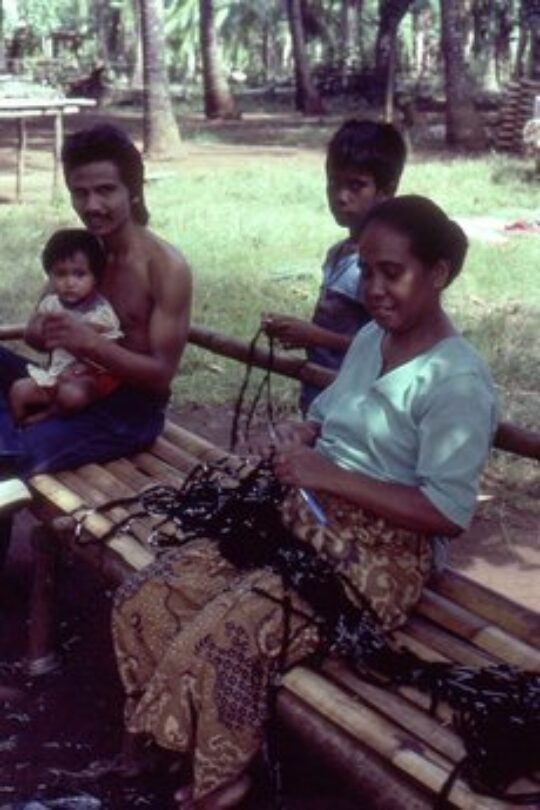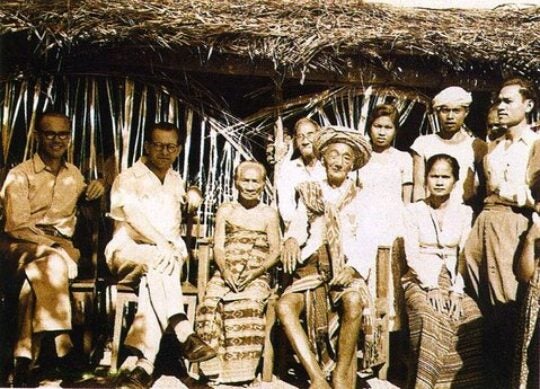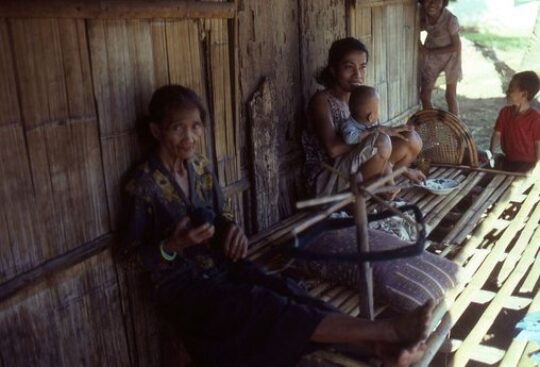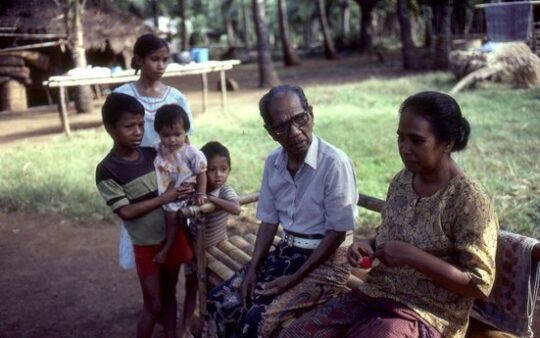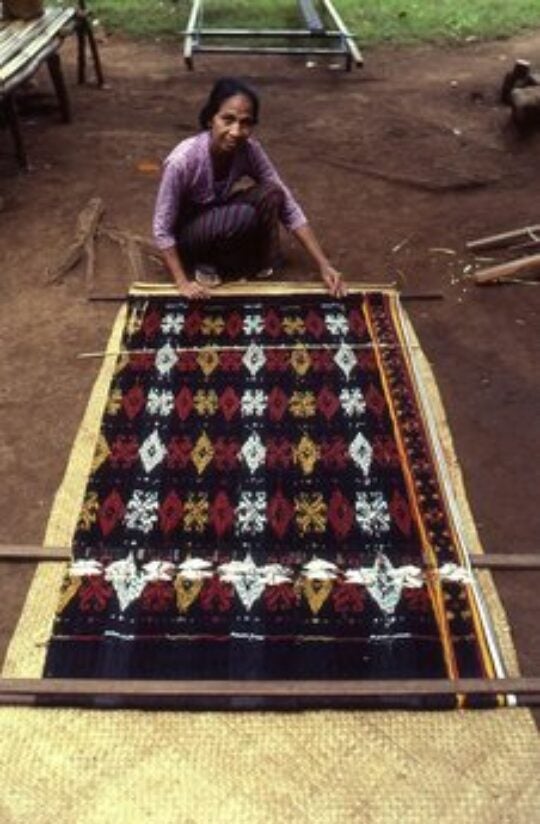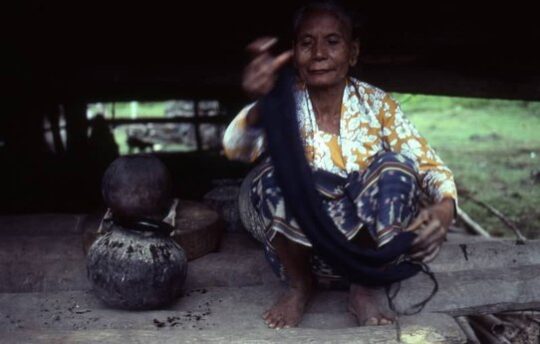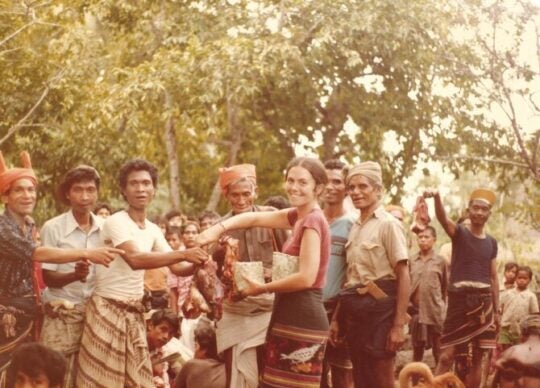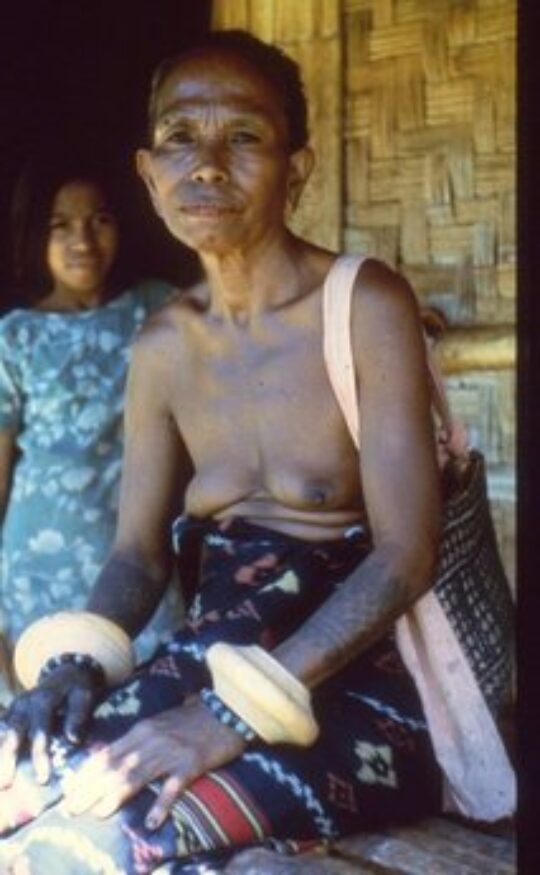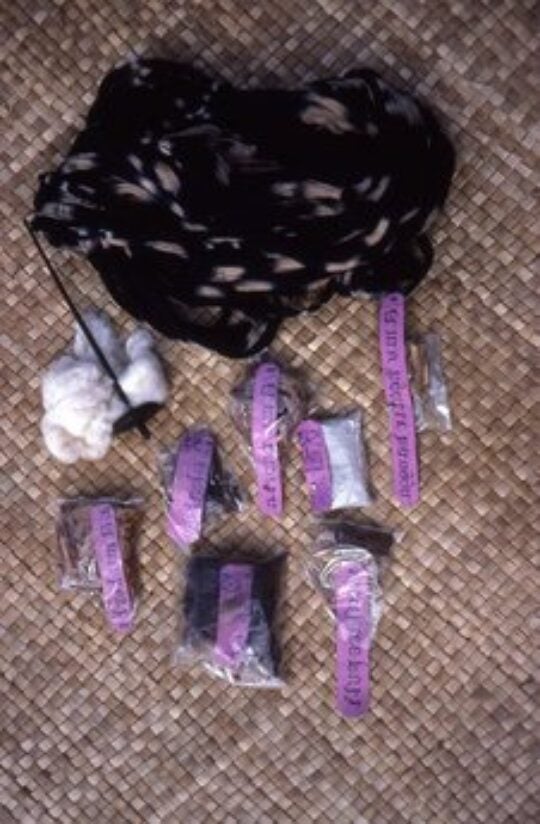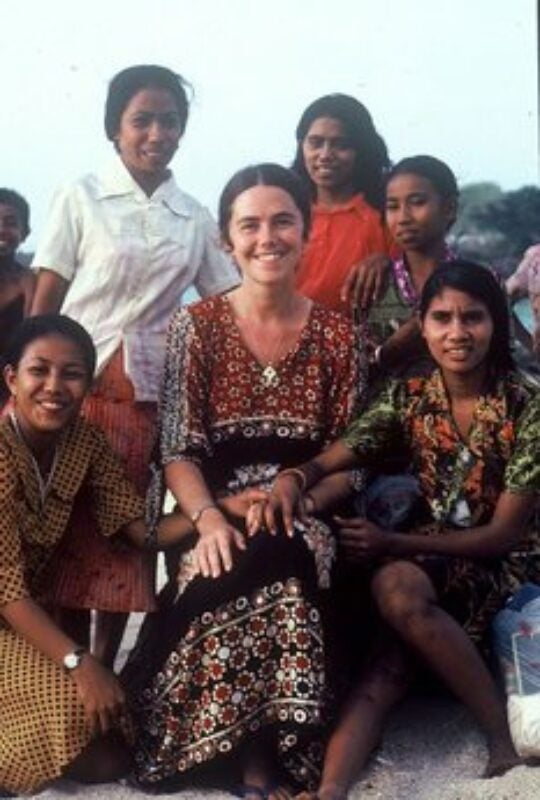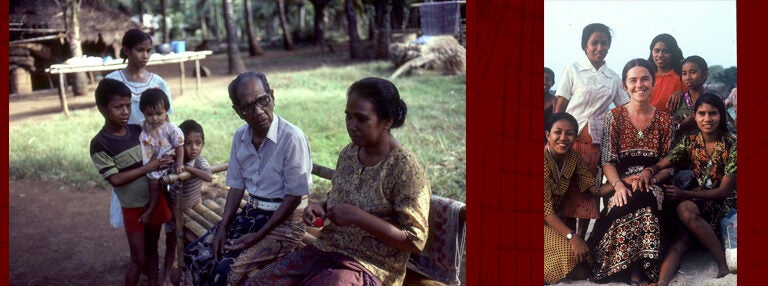Publications
After independence, a search for national heroes in the Indonesian struggle against colonialism drew attention to Wona Kaka, a Sumbanese headhunter who raided Dutch forces in 1911. Praised by some as the first figure in a common national history, he is also used as a champion of local tradition who resists integration into
the “imagined community” of the Indonesian state. Controversy over efforts to “call back his soul” from Java shows the ideological bases of the construction of history and clashes between nationalism and opposition to outside control. [history, headhunting, colonialism, nationalist ideology, mythology, Indonesia]
The taking of bloody heads in vengeance raids on neighboring peoples defined the parameters of leadership and political relations on the Eastern Indonesian island of Sumba a century ago. After pacification in the 1920s, exchange values of fierceness, military skill, and violent conquest were transformed into modern ones of
rivalrous diplomacy, feasting, and alliance. Yoseph Malo, a prominent figure in these transformations, decided to negotiate with his former enemies for the return of his father’s head. Details of this negotiation bring into question the relations between systems of headhunting and alliance, the status of exchange as a transformative
activity, and the analytical definition of persons and objects, gifts and commodities. The biography of an important figure in Sumbanese history is linked to the “biography” of a severed head, as well as the “life histories” of persons and objects on which he bestowed ritual names. Through a reevaluation of the role of exchange in determining value, a new perspective is suggested on how persons and things change their identities as they move through time. [history, exchange theory, headhunting, alliance, Eastern Indonesia]
Classical theorists have focused on the “gift of life” in sacrifice and its reinforcement of hierarchical divisions, but have paid little attention to the violent “taking of life” and the divinatory significance of the body. This case study from the Kodi people of Sumba examines what is at stake in the bloody struggle between sacrificers and their animal victims. Social relations between juniors and seniors are dramatized by the subjugation and killing of water buffalo that have been contributed by junior members. When these usually meek, docile animals suddenly turn on their slaughterers in a final desperate battle of resistance, the young men who sacrifice them identify with the animals they kill and praise their courage and manliness. The violent death of the animals is part of a contested process that moves from metonymic bonds to metaphoric transfers, taking symbolic associations and giving them a performative significance. After death, the “reading” of the liver and storing of the horns turns the buffalo into a visual medium of communication and memory, returning the “voice” that a myth says was lost at domestication. [sacrifice, violence, divination, man/animal symbolism, Indonesia]
Tourism has been theorized in a new ethnography of modernity, stressing the museumization of the premodern and its production as spectacle. In this article, I explore the voice and perspective of the “tribal culture” recently exposed
to a new type of gaze. Tourists are perceived as predatory voyeurs on Sumba, a once remote area now receiving increasing numbers of foreign visitors. An idiom of visual consumption encodes a critical awareness of global
inequities in access to and use of technology, and a history of changing selfperceptions. The cameras that every tourist brings to capture images of headhunters and primitive violence become the very emblems of the exotic violence that they are designed to capture. [tourism, photography, cultural identity, Eastern Indonesia, violence, headhunting.
Research In Indonesia
